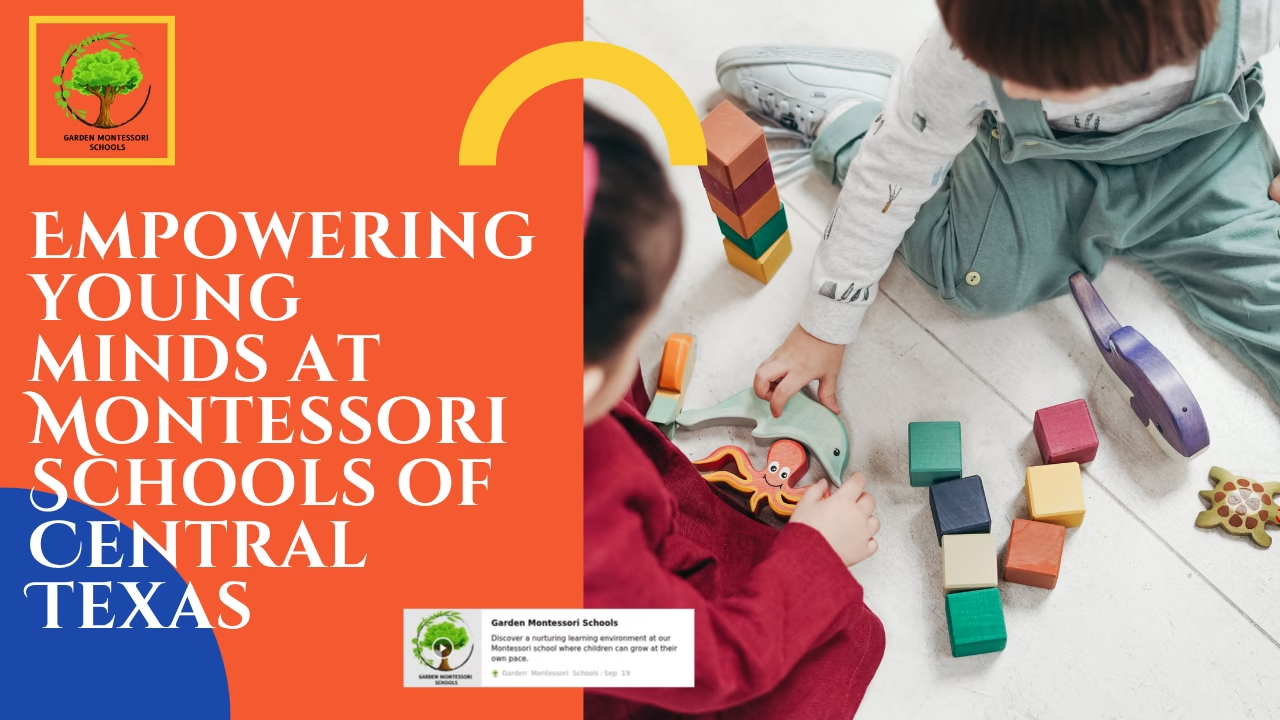Being aware of the communication techniques to listen and speak to children and react in a proper manner improves behavior and creates stronger bonds. Some of the best child communication techniques that can change the ordinary conversation to a meaningful one are discussed as follows.
These approaches can be applied when dealing with a toddler or a teenager and help to develop a better understanding of each other and establish a positive atmosphere of development.
What Are Child Communication Techniques and Why Do They Matter?
Child communication techniques are the group of strategies, which are aimed at the effective communication with children, and, thus, establishing the open dialogue, mutual respect and trust. Such strategies are paramount since they determine the ability of a child to express emotions and acquire social competence.
Effective and important interactions can be developed by way of proactive listening, use of encouraging language and through offering options which give a feeling of choice. Understanding of these techniques alleviates misconception and reduces chances of frustrations.
Positively reciprocal responses are more probable when adults talk to children in a respectful but age-appropriate way. The healthy relationships and the emotional well-being of the child are strengthened with the passage of time through the use of proper communication techniques. Finally, effective child communication is not just speaking to a child but rather building connection.
How to Use Active Listening as a Child Communication Techniques
Active listening is one of the most efficient methods of talking to children. It involves the provision of full attention, identification of the child affect and responding in a way that is consistent with the situation. Parents are encouraged to listen attentively and patiently instead of interruping or giving judgement.
Maintaining eye contact, nodding the head, and repeating the important things are the examples of behaviors that create the impression of significance in the eyes of a child. As an example of this method, the statement like It must have made you very angry when that occurred legitimates the feeling of the child. Trust is fostered and children will be more willing to open up through active listening. At the same time, it trains them on how to listen to each other.
With the help of constant training, adults set an example of healthy communication which is impossible to ignore in the development of a child. Finally, active listening is much more than using literal words; it is the ability to see and grasp the true meaning of every communication process.
What Role Does Body Language Play in Child Communication Techniques?
Only half of the meaning-making process can be achieved through verbal communication when handling children, and non-verbal communication is also very important. Children are very keen and they quickly pick up the tone, facial expression and posture. Such things as a kind smile and a broad posture, for example, can convey much more assurance than words.
On the other hand, crossed arms or angry voice can cause a child to become nervous or defensive. Body language that is in line with what one is saying builds trust and adds clarity. The use of gestures, e.g. by kneeling to the child so as to reach his or her eye level demonstrates respect and creates a safe space to communicate.
Even a well controlled silence may serve as an effective trigger to a child to talk. Finally, body language is a crucial part of the adult-child communication process, and its congruency with other communicative strategies is crucial to the best results.
How Can Consistent Routines Support Child Communication Techniques?
Effective child-communication practices cannot be performed without consistent routines. Predictability gives security to children hence creating openness and cooperation. An example would be the normal bedtime routine where intimate conversations are ideal. Well-organized meal, play and study time offer constant chances of conversation.
Children are also likely to engage in meaningful communication when they are aware of the time and place of communication. These are the moments that can easily be used as positive reinforcement, open-ended questioning and even discussion of feelings.
Also, routines reduce conflict, as they create clear expectations. When child-communication techniques are incorporated in the daily routine, they become an essential part of parent-child relationships instead of being the separate incidents. Communication becomes more genuine and strong when it becomes a part of daily activities.
FAQs
What is the most effective child communication technique?
Active listening is the best method that is often recommended; it builds trust and makes children speak about what they feel with integrity.
At what age should I start using child communication techniques?
Such practices can be started since the infancy stage. Non-verbal communication requires simple gestures, tone of voice changes, and a long eye contact, which are vital elements of a good communication process.
How can I handle a child who refuses to talk?
Waiting is the key, on the other hand, it is also not a good idea to enforce a way of communication. Rather use body language, empathy, and a friendly environment to make people open.
Are these techniques helpful for teenagers too?
Absolutely. Even though the language and topics change, the foundation of respect, listening, and empathy remains stable in all age groups.
Conclusion
The consistent control of the child-communication strategies creates trust, reduces conflict, and supports the emotional growth, thus forming strong, long-lasting bonds with children.



